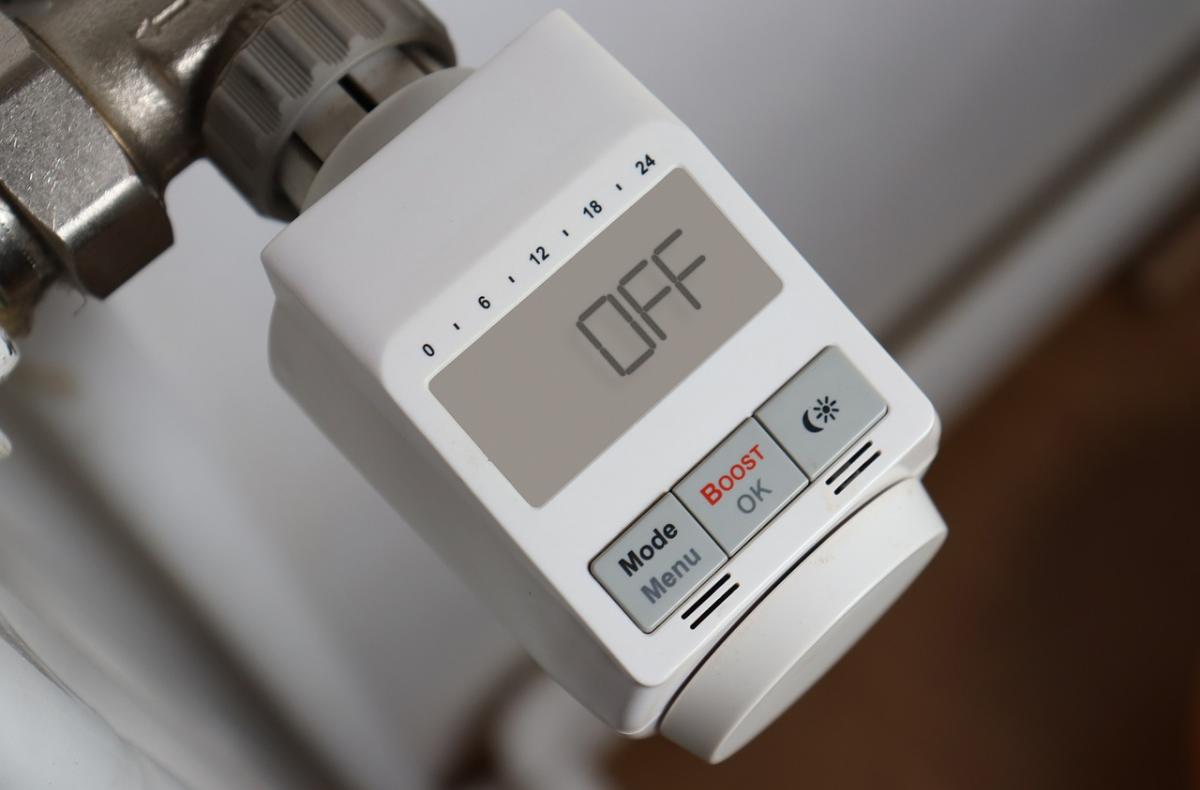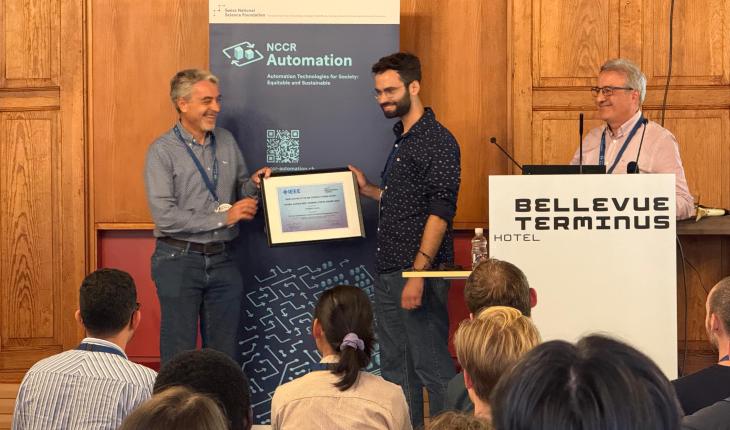New control technology could halve energy use for heating buildings

Heating costs, especially for those relying on fossil fuels, are rising rapidly. Governments call on businesses and households to limit their energy use, for example by turning down thermostats. The coming winter(s) could therefore be not only expensive but also uncomfortable.
A promising way of remedying the situation stems from work done by scientists at the National Centre of Competence in Research, ETH Zurich and Empa. It could help to mitigate the situation by significantly reducing the energy use for heating – with hardly any sacrifice to comfort. Their results were published in the journal Applied Energy.
A smarter use of thermostats

“In many buildings, room temperatures are currently controlled by very simple thermostats. They are turned on when the temperature does not meet the desired value and turned off again when it does”, study lead-author Felix Bünning, researcher at Empa and associate of the NCCR Automation says. The researchers considered this a rather poor solution and set out to find a better one.
“Our idea was to develop a smarter thermostat – one that can adapt its heating strategy to forecasts of external conditions like weather, requirements from users etc.”, study co-author Ahmed Aboudonia, researcher at ETH Zurich and associate of the NCCR Automation, says. The challenge of this idea: It requires a precise knowledge of the building and the behavioural patterns of its occupants – in other words, an exact building model. And since hardly any two buildings are the same, every installation would require a new model. This would mean a lot of effort and thus make the approach expensive. Too expensive to be feasible.
Successful real world tests

“To reduce this required effort and costs, we decided to develop a machine learning algorithm that can build a fitting model for a given building based on measurement data”, Aboudonia explains. The team then used this model to derive a predictive control system for the thermostat. This optimized the water flow in the heating infrastructure. At the inhabited NEST building of Empa, they put their system to the test in a real life setting – something that had rarely been attempted with a data-driven model for such a system.
“By adjusting the intensity and timing of warming, based on the predictive control strategy, we were able to reduce energy use between 26 and 49 percent compared to a conventional thermostat control”, Bünning says. “Our system can also be used to cool buildings, which will play an increasing role in Switzerland due to climate change.”
“The next step we are currently working on, is to further develop the algorithms into a market-ready product with partners from the industry”, Bünning says. A number of pilot projects are already running or are planned. “With this technology, we hope to contribute to a reduction in energy use in buildings, and thus mitigate not only the current energy crisis but also reduce greenhouse gas emissions from the building sector in the long term”, Bünning concludes.
Information on the related publication: Physics-informed linear regression is competitive with two Machine Learning methods in residential building MPC, https://www.sciencedirect.com/science/article/pii/S0306261921017098



